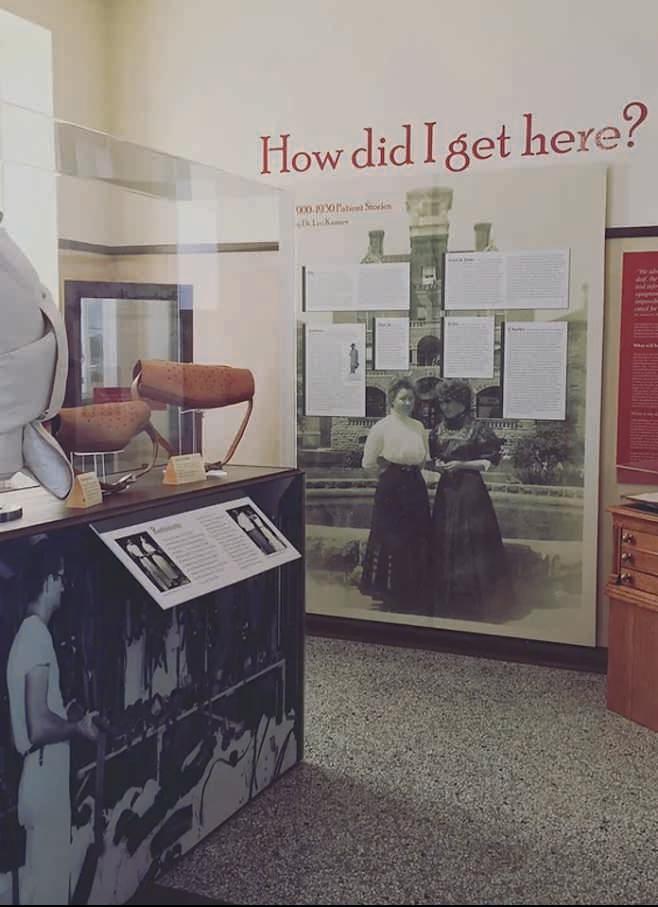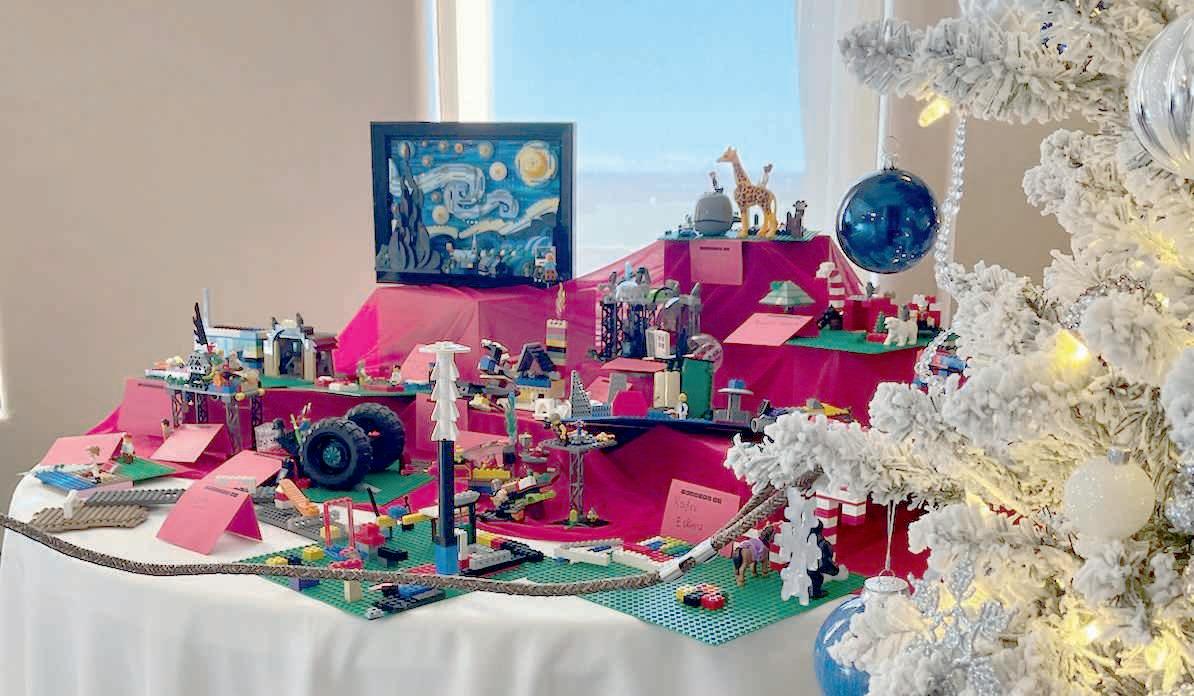
3 minute read
CULTURE ON DISPLAY
Mead Cultural Education Center has something for every interest
Billy Gibson billy.gibson@sdrea.coop
Advertisement
The action seems to never cease at the Mead Cultural Education Center in Yankton.
Between three very popular permanent exhibits, community-based special events and temporary displays that come and go, the constant swirl of activity keeps Rob Marlow on his toes.
Marlow is program director at the museum, which is known affectionately to local supporters and frequenters as “The Mead.” He was finally catching his breath after the Christmastime crush when he and his team had to quickly turn their attention to installing a new traveling exhibit called “Crossroads: Changes in Rural America,” the product of a collaboration between the Smithsonian’s Museum on Main Street program and the South Dakota Humanities Council.
Previously, the touring exhibit spent several months on display at the South Dakota Agricultural Heritage Museum on the SDSU campus in Brookings and will show at The Mead through the first week of March.
Other stops include the Sturgis Public Library from March 11 through April 30 and the Fort Sisseton Historic State Park from May 6 through June 25.
Marlow explained that the exhibit describes how the U.S. population has shifted away from rural and agrarian communities and moved toward more urban and suburban centers since 1900. It showcases the many ways agriculturebased towns and villages across the country have responded to those changes and in many cases have thrived.
As they’ve felt the impact of the long-term demographic trends, rural communities have been pro-active and intentional in finding new opportunities for growth, innovation and economic development.
“A lot of people who don’t live in rural towns have a perception that they’re barely hanging on by a thread, and that’s not always the situation. The reality is that while it hasn’t been easy, farmers and ranchers and small town leaders have rolled up their sleeves and met these challenges head-on, to the point that we see many folks coming back to a lifestyle with a slower pace, more freedom, more comfort and more room to roam. It’s really a super success story, and this exhibit shows that. We’re excited to have it here at The Mead,” Marlow said.
Meanwhile, curious crowds continue to flock to the museum’s three permanent exhibits, which include Yankton State Hospital: Minds, Methods and Medicine; Journey Forward: Connecting Cultures; and the Children’s Transportation Museum.
Marlow said visitors and guests generally have a special fascination with the story of how the Mead Building in Yankton was once home to the state’s largest mental health facility for women.
The permanent display designed by Jane Bobzin, Carol Ryan and Stan Hoffart opened in 2020 and tracks the history of the facility that dates back to 1879.
It highlights the accomplishments of hospital superintendent Dr. Leonard Mead and Dr. Leo Kanner, considered to be the “Father of American Child Psychiatry” for his innovative work in the field of autism.
“We get a lot of positive reviews and feedback about that display. People walk away learning a lot about the history of the facility and how the hospital provided treatment for those with mental disorders at the time,” Marlow said.
Throughout the calendar year, the facility hosts a variety of seasonal events and activities such as the Hall of Trees held each year from Thanksgiving to Christmas.

This past Christmas, nearly 70 local businesses, social organizations and other sponsors decorated trees to reflect the spirit of the season. More than 1,300 visitors cast their vote for best-of-show by dropping a token in a box in front of their favorite tree. Registration fees paid by the competing tree decorators go toward providing free museum admission to those 17 and under.
The 2022 Hall of Trees exhibit also included a 1,400-piece Lego display built by the Yankton Community
Library Lego Club led by local brickmeister Tom Cihak. Last year’s display featured an assortment of Tonka trucks. Another popular seasonal event occurs during Halloween and is centered around “haunted history” tours of the Mead Building and an “overnight experience” where guests gather together with their sleeping bags and snacks, share ghost stories and listen for signs of any paranormal activity taking place in the crooks and crevices of the structure.
“There’s a lot to see and explore at the Mead Building,” Marlow said. “We feel like the discovery process is something that never ends.”








